12 Russian wonders
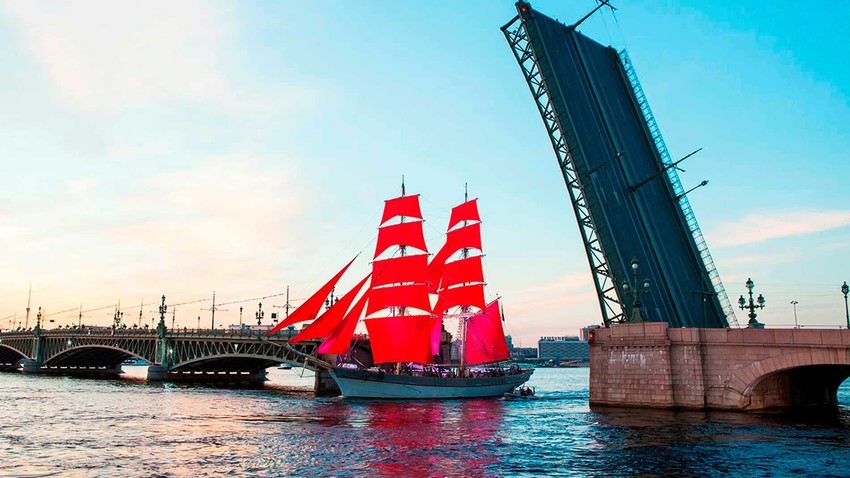
Russia’s favorite holiday, New Year’s, is fast approaching. On Dec. 31 at midnight, millions of Russians will sit down at their festive tables and raise glasses of champagne. The last night of the year is assumed to have miraculous qualities: children wait breathlessly for Grandfather Frost, as Santa Claus is called in Russia, and look for their presents underneath the
The Russian nature, people and legends include many wonders. For the day before the festivities, we have compiled our own very subjective list of Russian wonders.
1. New Year celebrations - Holidays upon holidays
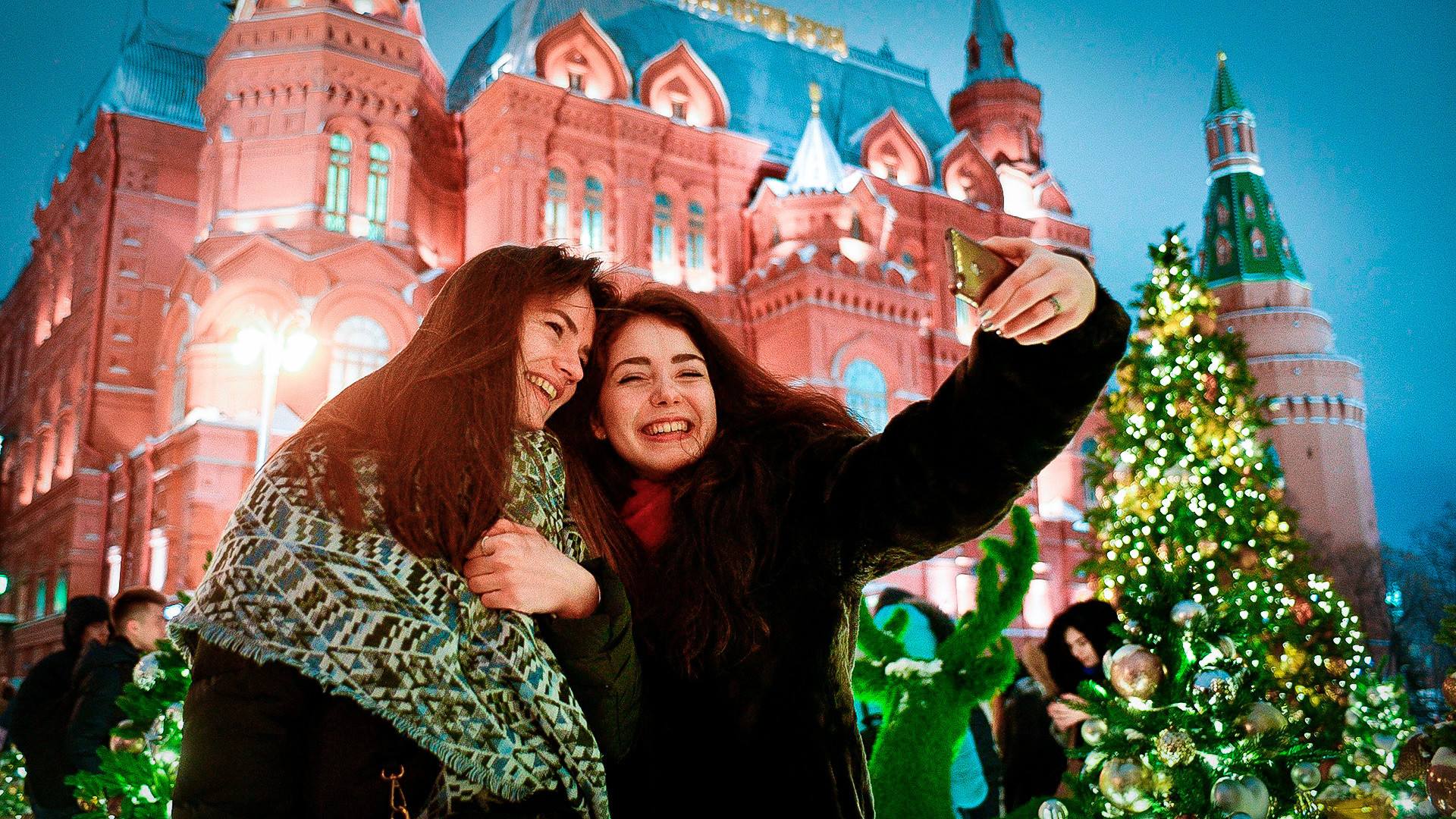
2. Russian banya - Being born again
3. St. Basil's Cathedral - A church by the Kremlin
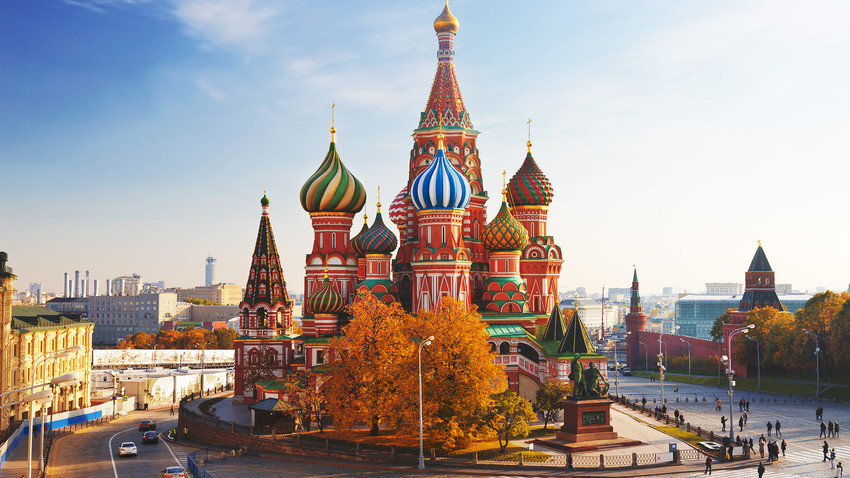
To witness the next wonder you need to walk across Red Square in Moscow. What you will see is St. Basil's Cathedral, a true masterpiece of architecture. The cathedral is a listed UNESCO World Heritage site consisting of eight churches grouped around a ninth church dedicated to the Intercession of the Mother of God. In 1588, a side-chapel was built and sanctified in the name of St. Basil the Fool for Christ, and a pyramid belfry was constructed in the 1670s. Other buildings, roofs above porches, the intricate dome design and interior and exterior ornamental paintings were developed later.
Had the architects in the 16th century known how their client, Russian Tsar Ivan the Terrible, would thank them, it is unlikely they would have finished their work; in fact, they would have tried to clear out of Moscow as swiftly as possible. Legend has it that the fearsome Russian ruler was so stunned by the cathedral's grandeur that he ordered its architects to be blinded so that they could never re-create their work elsewhere. However, other legends have it that one of the cathedral's architects was later among those building the Kazan Kremlin.
The actual birth of the cathedral was associated with a wondrous occurrence. At the time when Kazan, still independent of Muscovy, was under siege, a deacon pronounced the following words from the Gospel at a liturgy: “There shall be one flock, one Shepherd.” It is said that at that very moment, a part of the enemy’s city wall went up in the air and the Russian troops entered Kazan. It was in honor of that victory that the foundation stone of the church that was later to become St. Basil's Cathedral was laid.
4. Mount Elbrus - One step away from Heaven
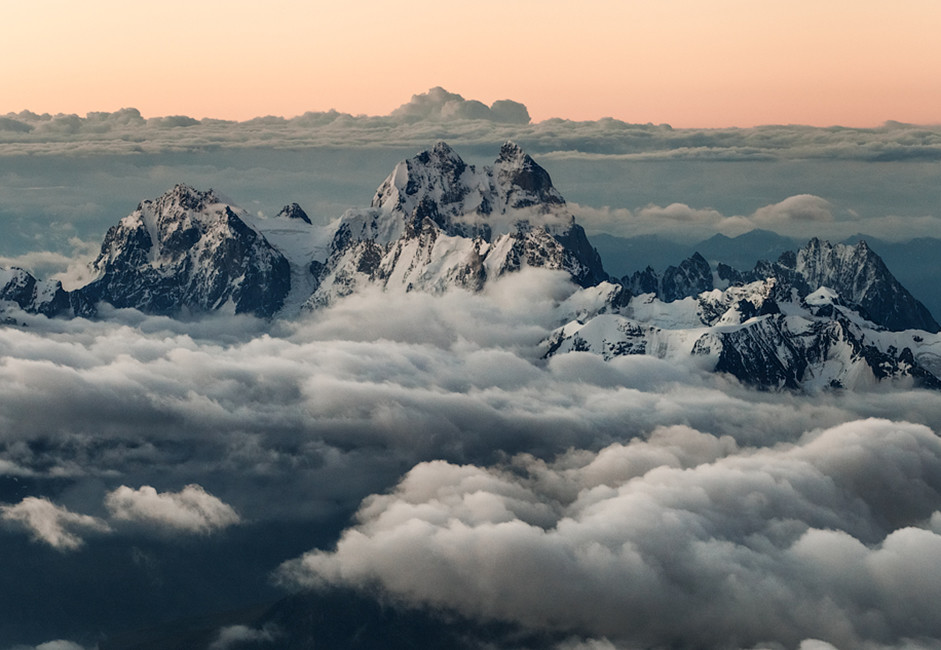
Russia’s Mount Elbrus, the highest peak in Europe, is certainly a natural wonder. At almost 5,500 meters (18,000 feet) high, it is a magnet for mountain-climbers visited by mountaineers from all over the world. Climbing to the top of Elbrus is considered a highly prestigious accomplishment and not everyone succeeds. Statistics vary, but between 12,000 and 18,000 have reached the top. More than a thousand of those who have tried never made it back.
For the local peoples, Elbrus is the Caucasian Olympus. The local people believed that the ancient god Teiri once inhabited the mountain. Mountain rivers and springs carrying the famous Caucasian medicinal mineral water originate on its hillsides. Ancient tribes used to hold their sports and rhetoric contests on the mountain. It was on this mountain that one of the most prominent ancient epic heroes of local lore procured fire for his fellow tribesmen (similarly to the Greek Prometheus).
5. Baikal - The largest lake
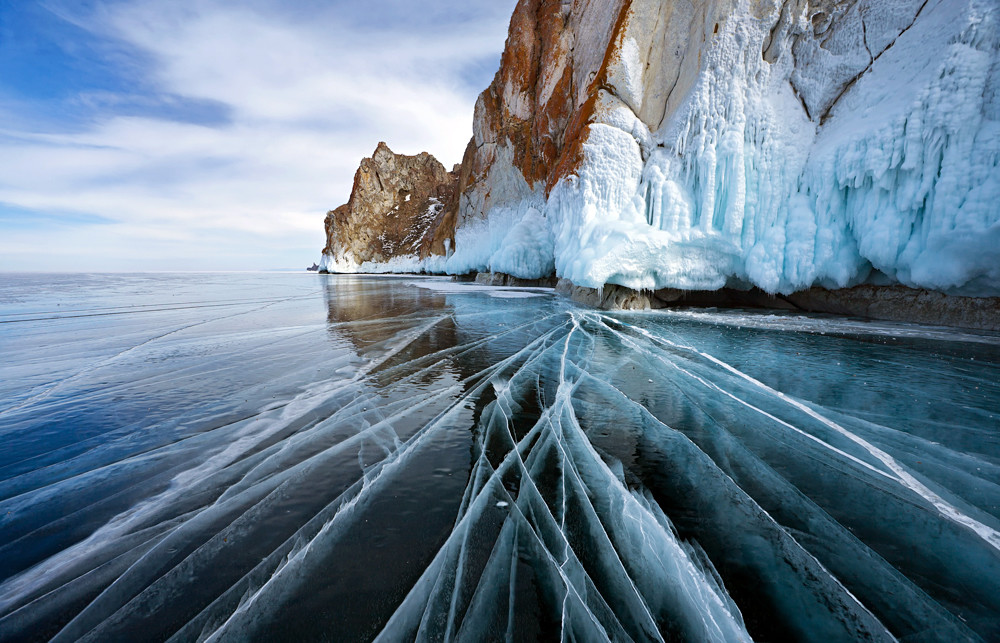
6. Manpupuner rock formations - Seven giants

Another natural
One legend has it that the pillars used to be giants. One of the giants fell in love with the beautiful daughter of his friend, the local tribal leader. However, not only did the girl refuse the giant's
7. White nights in St. Petersburg - The dark is gone!
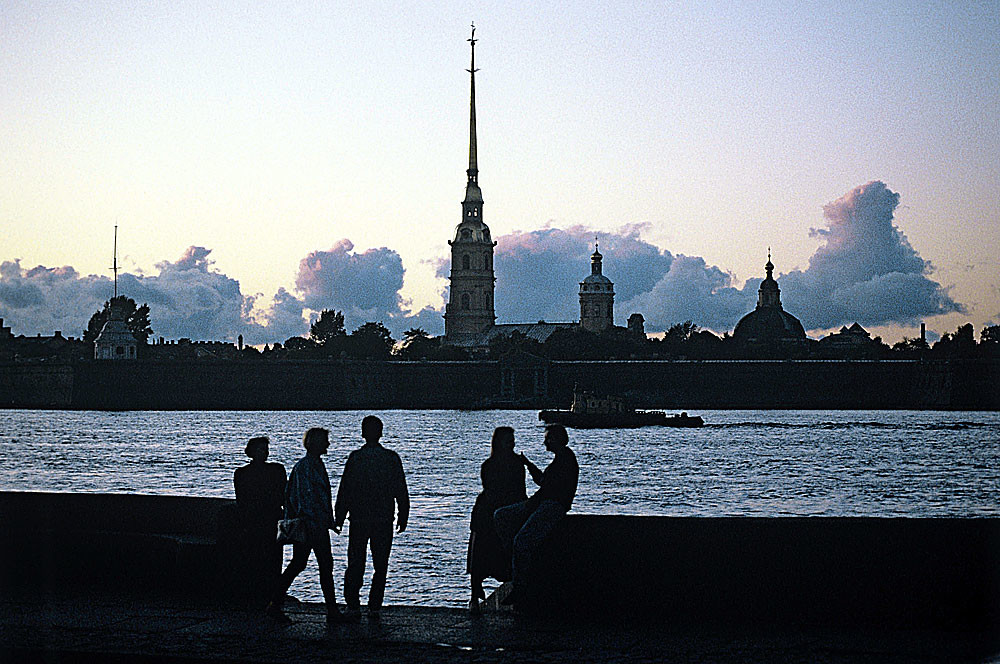
As for Petersburgers, they aren’t as excited as everyone else about this natural wonder and traditionally prefer blinds that allow them to sleep during the white nights.
8. Mother Motherland statue on Mamay Burial Mound - The main height
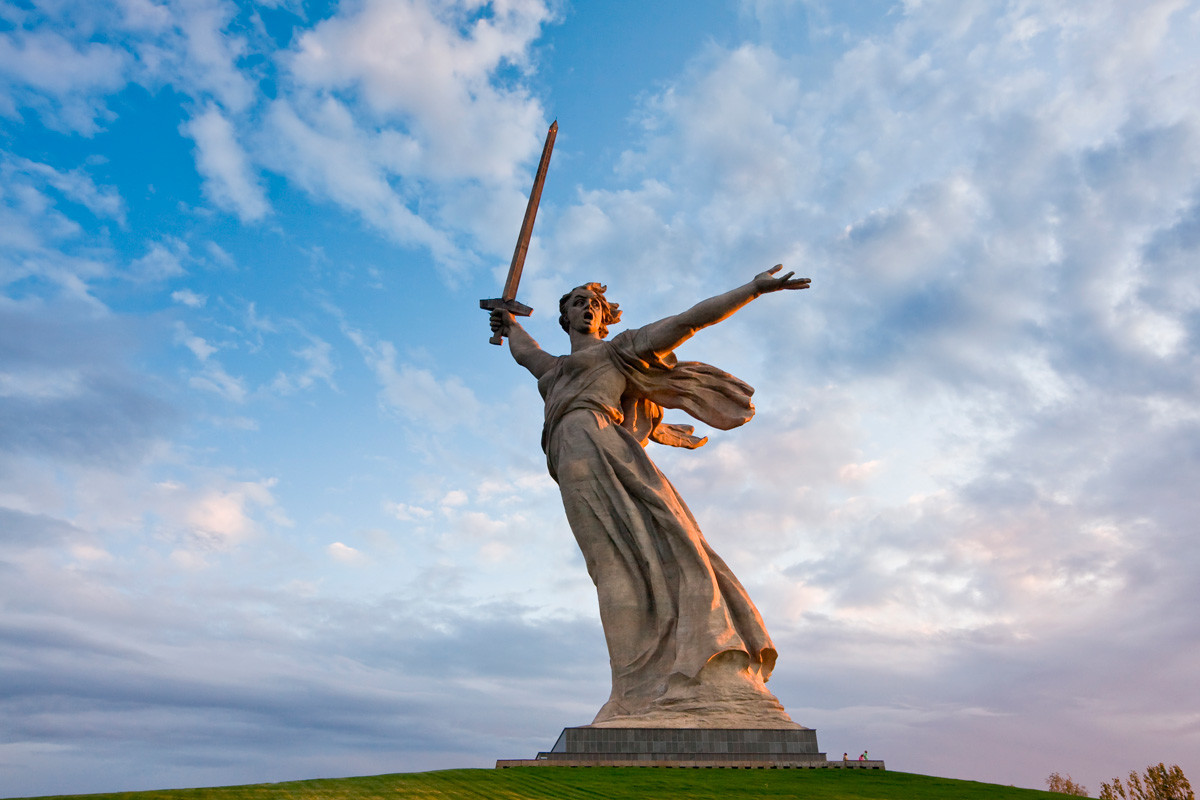
The sculptural ensemble “Mother Motherland,” built on the Mamay Burial Mound near Volgograd (formerly known as Stalingrad), is one of the world's tallest monuments. The overall height is 85 meters (279 feet). When it was built in 1967, it was the world's tallest monument and is now seventh on the list.
The Mamay Burial Mound acquired its name in the era of the Golden Horde. Watchmen
Today the Mother Motherland monument symbolizes the valor of those Soviet soldiers who stopped the Nazis by the Volga River, thus protecting the lives and freedom not only of the former Soviet Union peoples but also of many Asian people.
9. The Trans-Siberian Railway - A week by train
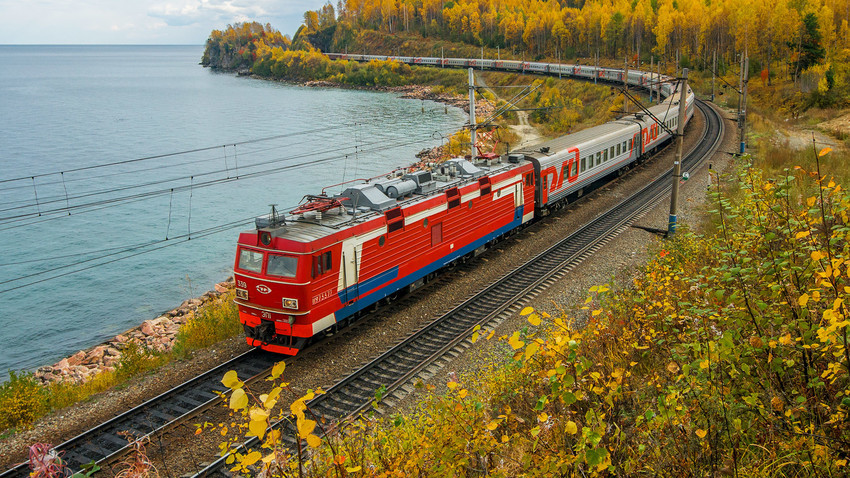
The construction of the main line began in the 19th century, but while its power system was completed only in 2002. The world's longest Trans-Siberian through-passenger journey (from Kiev to Vladivostok) takes almost 188 hours. The fastest Trans-Siberian train (from Moscow to Vladivostok) takes six days and two hours.
10. The Great Vasyugan Mire - The planet's main filter
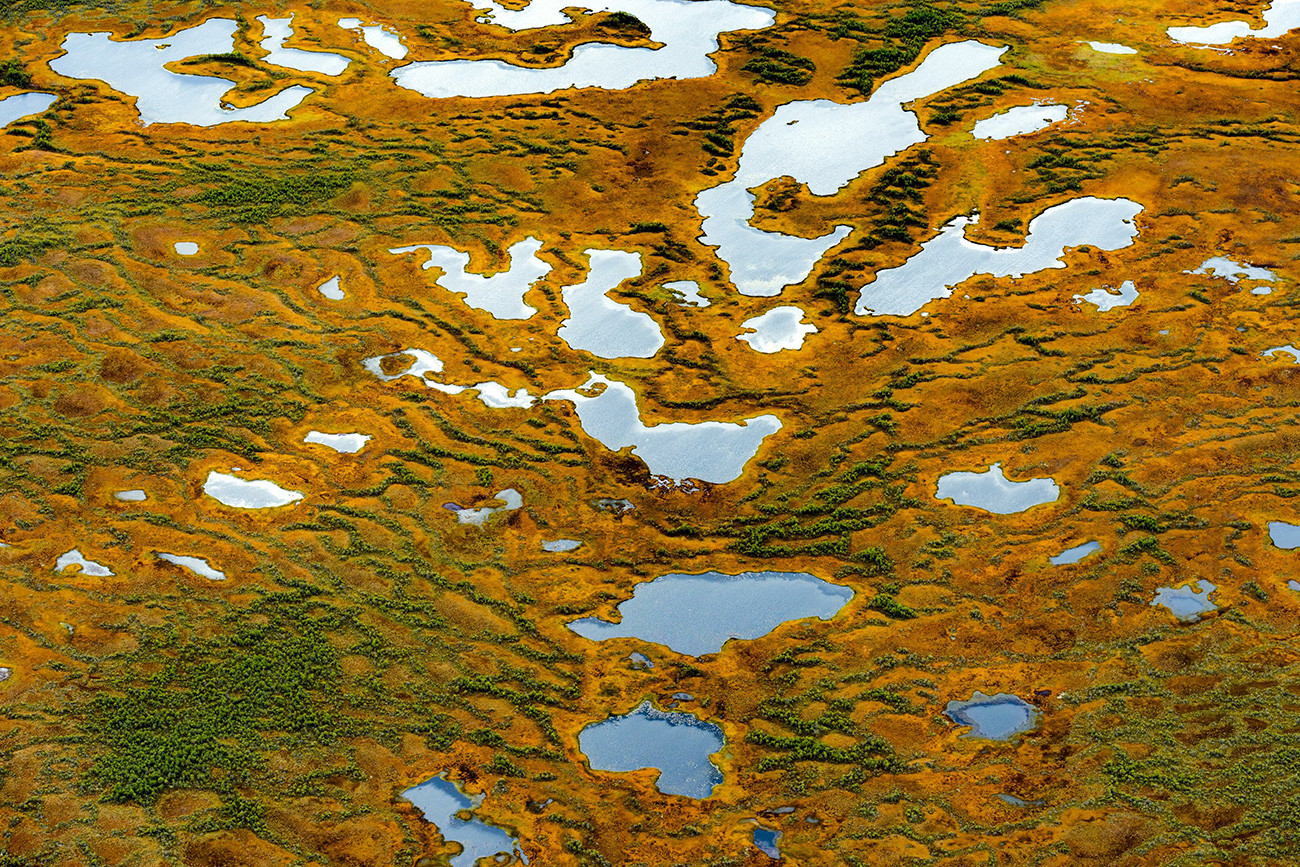
Notwithstanding the swamps’ somewhat gloomy reputation, they play a paramount role in reducing air pollution. In essence, the Great Vasyugan Mire is a gigantic natural filter that absorbs toxic substances from the air while binding carbon dioxide and preventing the greenhouse effect.
11. The Valley of Geysers - A sleeping volcano's breath of Kamchatka
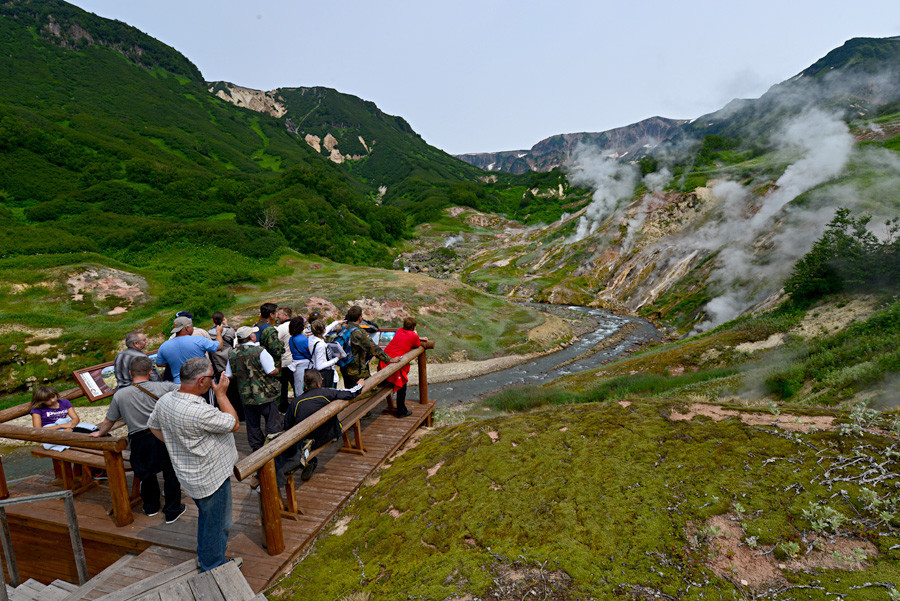
In 2007, a massive landslide in the valley blocked the Geysernaya riverbed. The resulting lake flooded some of the geysers, destroying two of the three helipads and a number of tourist attractions. However, the unique natural site was preserved and around 20 natural hot water fountains remain active.
12. Avachinsky - The largest Russian bay
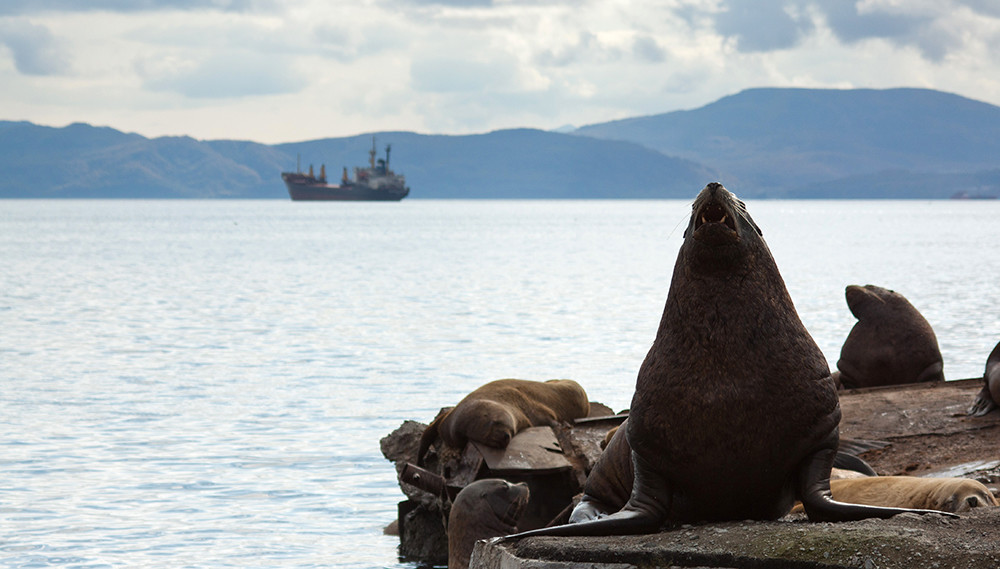
Kamchatka is known not only for its geysers. It is home to Avachinsky Bay, the world's second largest bay, capable of accommodating the world’s entire fleet of ships. On the north side of the bay stands the city of Petropavlovsk-Kamchatsky. The city port serves fishing boats and cargo ships all year round. In addition to a civilian port, the bay hosts a number of Russian Navy military bases.
This natural wonder has its own legend. The passage into the bay is “guarded” by the rocks of the Three Brothers. Legend has it that in ancient days, these rocks used to be people. The local tribe was often hit by tsunamis and the brothers decided to protect their people. They stood up at the passage into the bay and stopped the deadly waves, but were turned into stones.
All rights reserved by Rossiyskaya Gazeta.
Subscribe
to our newsletter!
Get the week's best stories straight to your inbox
